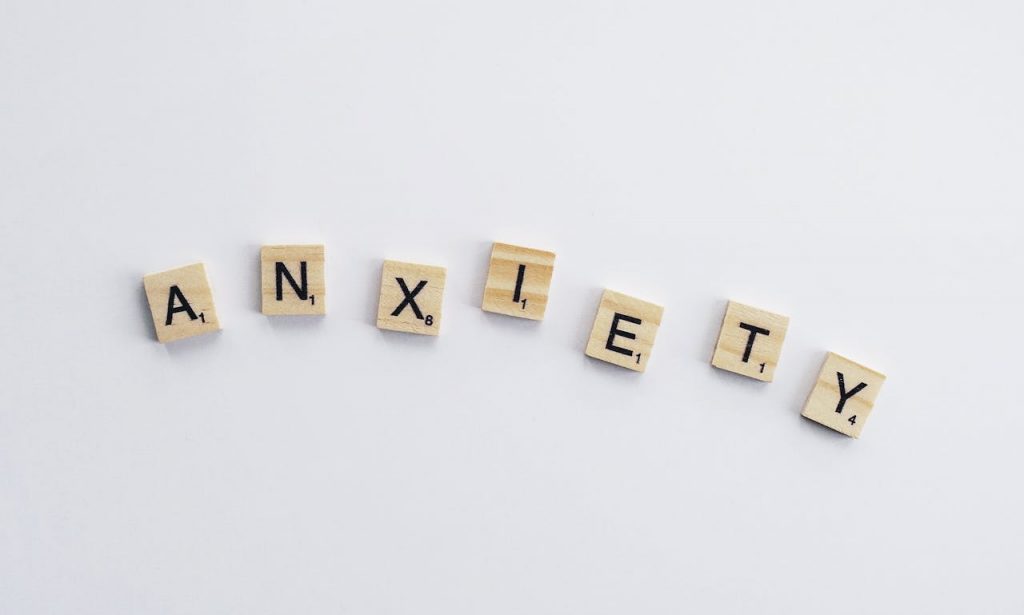In today’s fast-paced world, mental health has never been more important. With increasing pressures and hidden emotional struggles, it is easy for people to overlook their internal challenges. Prioritising mental well-being is indeed a necessity. This is especially true when dealing with trauma, an often unseen force that can quietly shape and impact our daily lives.

In recognition of World Mental Health Day on October 10, we need to focus on the importance of understanding the core of trauma. Joslin Gracias, a CDA-licensed psychologist at Thrive Wellbeing Centre, reveals how trauma leaves lasting emotional and psychological marks. This topic is essential, as trauma can fundamentally alter how individuals perceive themselves and the world around them, even long after the initial event or occurrence.

Trauma manifests in various ways; whether from a single intense experience or prolonged exposure to chronic stress. Acute trauma may arise from a one-time distressing event, while chronic trauma results from ongoing harmful environments. Complex trauma, however, is often the most difficult to process. As Joslin puts it, “Complex trauma is like 100 paper cuts; it’s not one major wound, but rather an accumulation of smaller injuries over time.” These ongoing, often subtle experiences can deeply affect a person’s emotional resilience, especially when they occur during childhood.
The Impact on Memory and the Brain:
Trauma disrupts how memories are processed. Explicit memories are clear, factual recollections, such as remembering specific events or people. However; implicit memories of trauma are stored in a more disorganised and unconscious way. Joslin explains that these implicit memories are often triggered by sensory experiences, bringing unexpected emotions and distress to the surface. This disconnect between present emotions and past events can make it difficult for individuals to understand why they are reacting so strongly to seemingly unrelated situations.

Additionally, trauma impacts the brain’s threat-detection centre, the amygdala, making it hypersensitive and keeping individuals in survival mode. This can trigger automatic (fight, flight, freeze, or fawn) responses even in the absence of danger. Joslin explains that these responses can leave individuals stuck in cycles of fear, anxiety, and self-doubt long after the traumatic event has passed.
Effects on the Sense of Self and Healing:
What makes trauma even more challenging is its impact on a person’s sense of self. Trauma survivors often experience shame, guilt, and inadequacy, which Joslin describes as “the destruction of our sense of self. Trauma makes it harder for us to believe in ourselves and feel adequate.” These emotional wounds, if left unaddressed, can create long-term difficulties in relationships, self-esteem, and everyday decision-making.


Despite these challenges, healing is possible. Joslin outlines the various therapeutic approaches available to help individuals process and recover from trauma, including EMDR, DBT, IFS, and Somatic Experiencing. These therapies help reframe traumatic memories and rebuild a sense of internal safety. Additionally, complementary practices such as mindfulness, yoga, and grounding techniques support emotional regulation and provide long-term relief from trauma’s emotional burden.

Everyone carries their own story, and for many, trauma can leave deep scars. It serves as a reminder that while trauma may shape someone’s life, it does not have to be a definitive characteristic. Healing is a process, one that begins with acceptance. As Joslin concludes, “With the right tools and support, healing from trauma is possible, and we can reclaim control over our mental and emotional health”.

For more in-depth insights on this topic, you can listen to full discussion in the latest episode of the Thrive with Us podcast, available on the website www.thrivewithus.me
For additional information and resources, please visit www.thrive.ae
